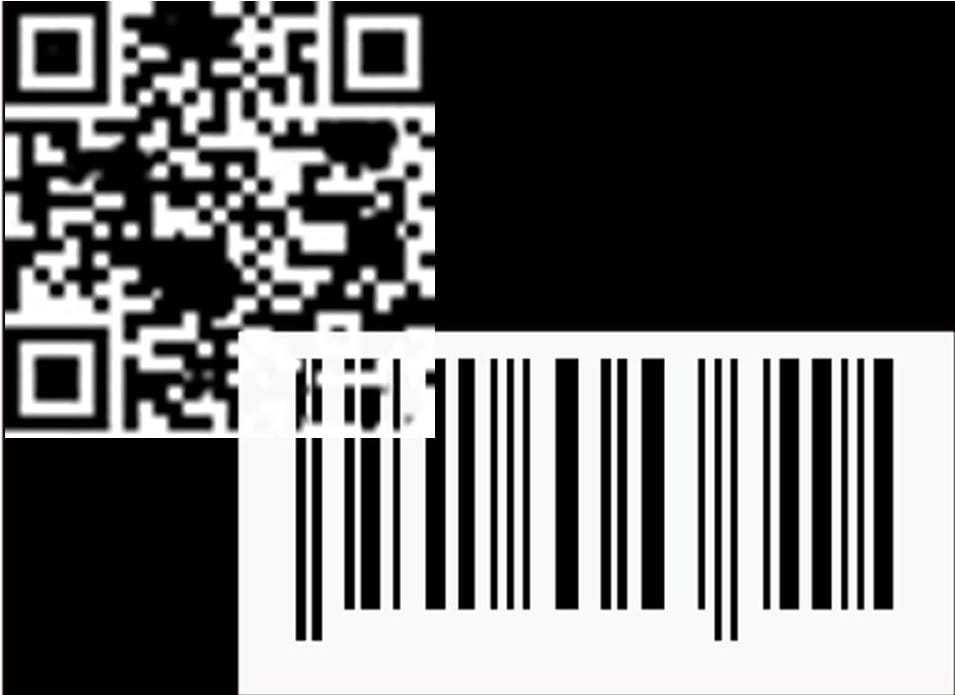Forty years ago, last week, the first UPC code was scanned on a package of Wrigley gum.
The barcode, which is now standard on product packages, first had its start forty years ago, and the first one to be scanned was in Ohio at the Troy supermarket, on a Wrigley gum pack, long before the idea of QR codes and other scannables that can be used with today’s smartphones.
Despite the fact that those traditional barcodes have been around for so long, they’re still going strong.
Scanning the 10-pack of Juicy Fruit on June 26, 1974 may have seemed like a retail technological marvel at the time, but they are so commonplace today that they are barely even noticed. One of the first 10 scanners for supermarket barcode scanning is now held at the Smithsonian National Museum of American History. While that technology may belong in a history museum, today’s QR codes, NFC tags, and radio frequency readers are extending the tech to keep it relevant.
While UPCs are still widely used in retail and manufacturing, QR codes are taking over in marketing and manufacturing.
 Quick response code technology is capable of storing many hundreds of times more information than the original barcodes made up of vertical lines. Today’s two dimensional code can be scanned with special devices, or virtually any smartphone or tablet that is equipped with a camera and a free reader application.
Quick response code technology is capable of storing many hundreds of times more information than the original barcodes made up of vertical lines. Today’s two dimensional code can be scanned with special devices, or virtually any smartphone or tablet that is equipped with a camera and a free reader application.
NFC technology is also just getting off the ground, as some of the higher end smartphones (not including Apple mobile devices) are now enabled, allowing people to be able to pay for their purchases through the use of mobile wallets and a simple tap of the smartphone against a POS reader.
Radio frequency identification (RFID) technology has also been adding to this type of scanning. One large scale example of the use of this tech is by the public transit cards, Ventra, in Chicago. The cards are simply tapped on readers in order to allow a commuter to pay for a ride on the city’s public transit system. This same technology is now making its way into many different credit card chips, as well.
From UPCs to QR codes, it is clear that the barcode has come a long way and that scannable technology will only continue to move forward along with mobile tech.
